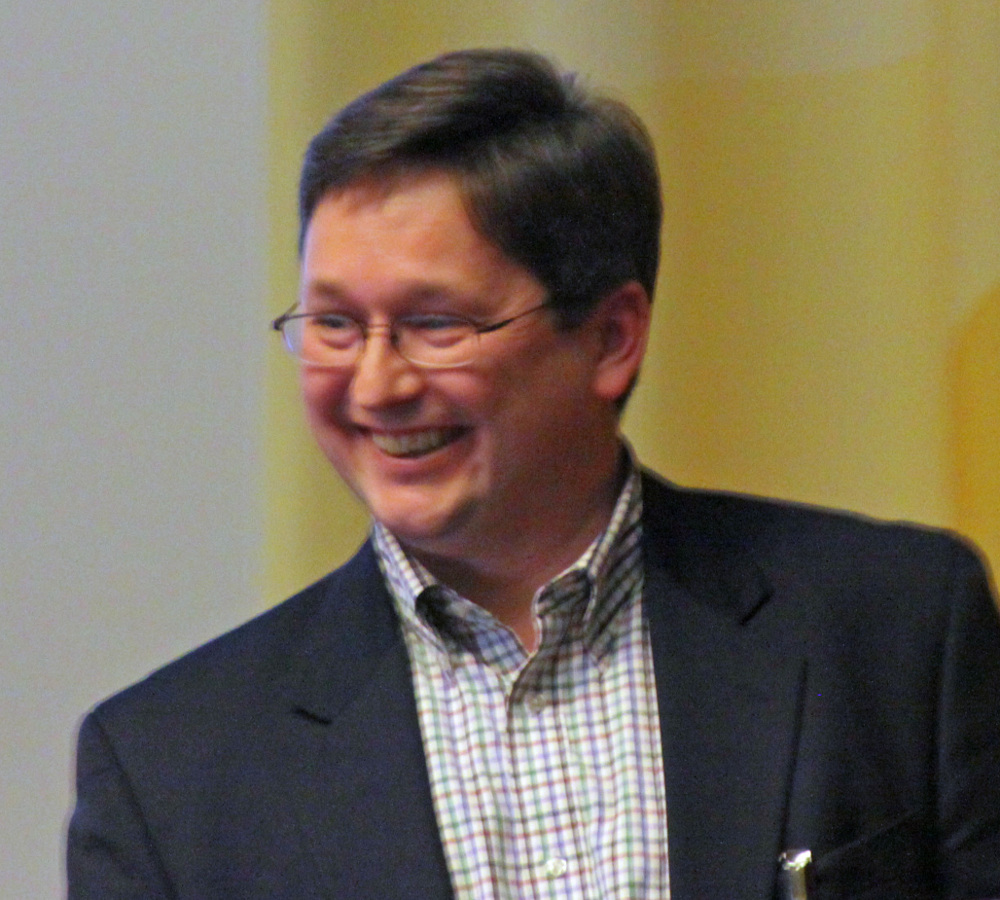Director's Corner
11 November 2010
 Barry Barish |
Electron-cloud physics
What is and what causes an electron cloud in a modern accelerator? What problems does it create on accelerator performance and how can its effects be mitigated? This was the subject of a special workshop at Cornell University held from 8 to 12 October 2010, sponsored by the Beam Dynamics Panel of the International Committee for Future Accelerators (ICFA). For the ILC, electron cloud effects can defocus the positron beam in the damping rings, thereby degrading the ability to create a low-emittance beam, a key in creating the required very small final beam spot. I recently visited Cornell to give a public lecture and to participate in this interesting and important workshop.
Electron-cloud effects on particle accelerators have been known for some time, in particular the problems they create for intense positively charged beams. An electron cloud results from positive particles producing synchrotron radiation or colliding with residual electrons from ionised gas molecules in the vacuum pipe. Some of the resulting photons and electrons hit the walls of the chambers. This results in the emission of more electrons into the volume, creating the so-called electron cloud. For the ILC, the resulting cloud from one bunch of positive particles can affect and defocus bunches that follow, causing performance-limiting effects like emittance blow-up and other beam dynamics effects.
 Schematic view of the creation of electron clouds from the vacuum chamber walls (Cartoon by F. Ruggiero) Schematic view of the creation of electron clouds from the vacuum chamber walls (Cartoon by F. Ruggiero) |
A full day at the beginning of the workshop was dedicated to a pedagogical treatment of electron cloud physics for high-school teachers. The introductory lectures on the physics of electron clouds were given by Kathy Harkay (Argonne National Laboratory), Miguel Furman (Lawrence Berkeley National Laboratory), Gerry Dugan (Cornell University) and Mauro Pivi (SLAC National Accelerator Laboratory). This set of introductory lectures provided a very helpful overview of the sources of electron clouds, simulation techniques and mitigation schemes. Furman emphasised that these effects can be minimised in the design stages of a new accelerator. He gave a nice review of effects that have been observed in existing accelerators, possible mitigation techniques and the state of the art for simulations of electron-cloud effects.
In observing and talking to the high school teachers, I was impressed that they were very responsive to learning about "real problems" like electron clouds. I was also impressed that the lecturers presented the material at a level the teachers could mostly understand. The day of lectures were followed by hands-on activities. Improving physics instruction in high schools is absolutely crucial to creating future generations of physicists. The Cornell Institute for Physics Teachers programme sponsored by National Science Foundation has been quite successful in exposing high-school teachers in the geographical area near Cornell to particle physics and accelerator research. As part of my visit, I had dinner with the teachers and found them excited by physics, very serious about physics instruction in high schools and extremely positive about the Cornell programme.
In parallel with the teachers' programme the Advanced Beam Dynamics Workshop on Electron Cloud Physics highlighted the important CesrTA programme at Cornell. The programme has involved reconfiguring the CESR ring into an ILC-like low-emittance configuration that includes wiggler magnets, among other challenges. The various mitigation techniques are under study in this programme and some initial results were presented at this workshop. Mark Palmer, Cornell, also reviewed the status of CesrTA last month in Geneva at IWLC 2010. I will cover the CesrTA tests and conclusions regarding ILC-related mitigation techniques in a future column once more results become available.
-- Barry Barish
Further reading: the ILC NewsLine special issue on electron clouds

